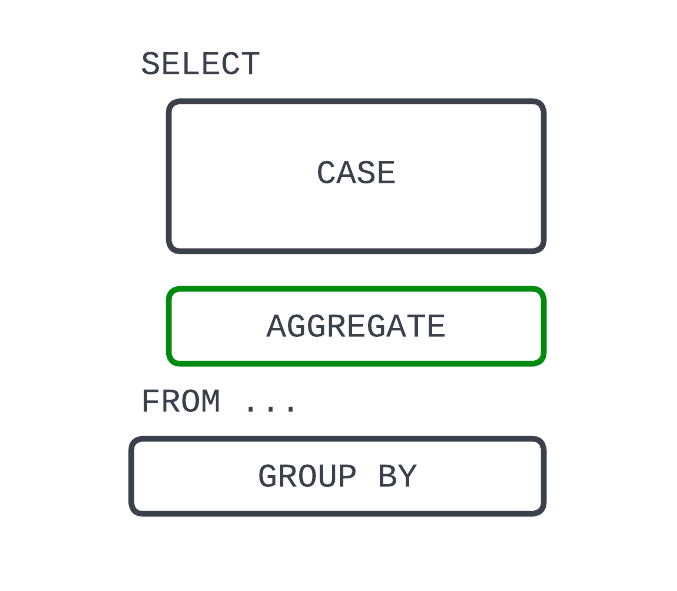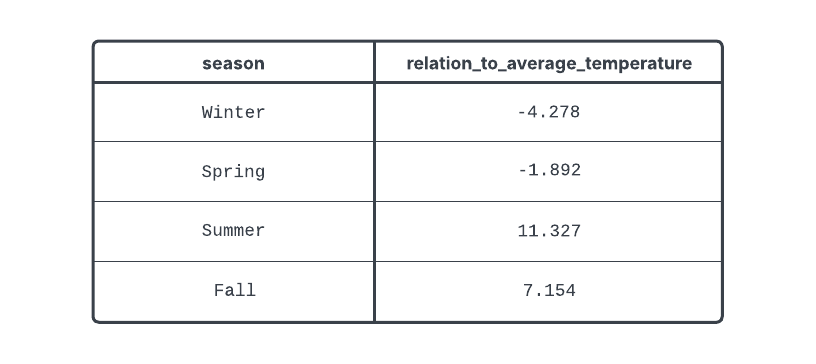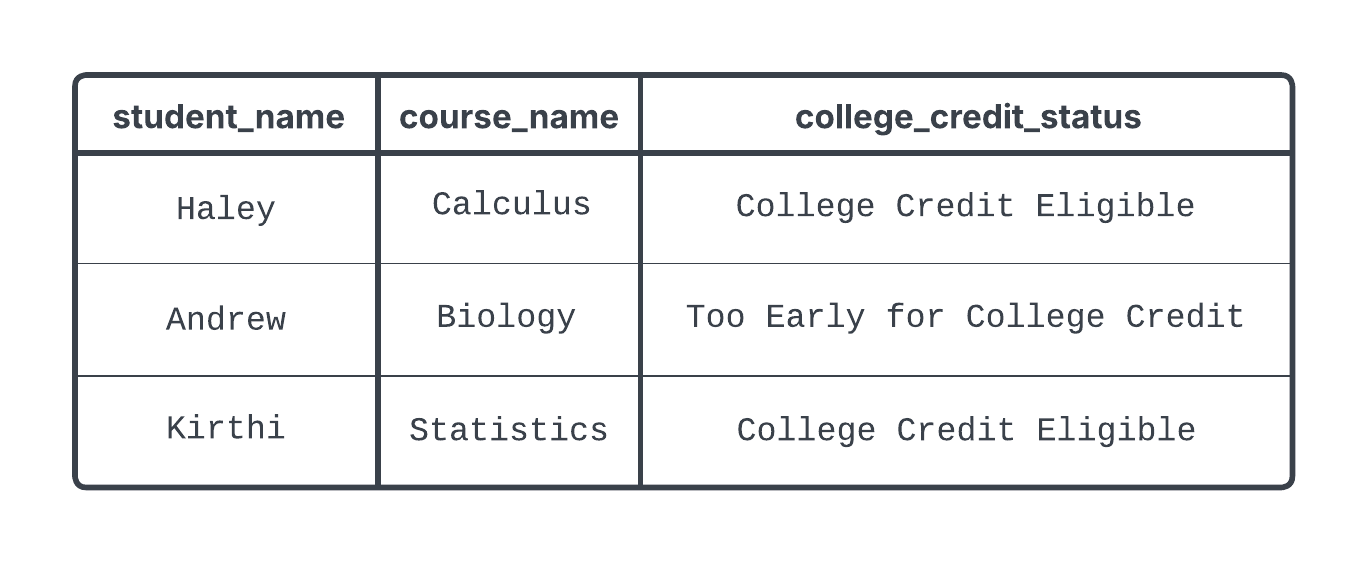Applying conditional logic in Snowflake
Data Manipulation in Snowflake

Jake Roach
Field Data Engineer
Aggregation with CASE statements
Queries with a CASE statement can still use aggregation functions.
SUM()AVG()MIN()MAX()- ...
MODE()
$$
Just make sure to include a GROUP BY!

Aggregation with CASE statements
SELECT CASE WHEN month_num IN (12, 1, 2) THEN 'Winter' WHEN month_num IN (3, 4, 5) THEN 'Spring' WHEN month_num in (6, 7, 8) THEN 'Summer' ELSE 'Fall' END AS season,AVG(temperature) AS average_temperature, -- Manipulate data with AVG()year_num FROM weather GROUP BY season, year_num; -- Remember to group by non-aggregated fields
Aggregation with CASE statements

Aggregating CASE'd fields
SELECT
season,
AVG(
CASE
WHEN season = 'Winter' THEN temperature - 30
WHEN season IN ('Spring', 'Fall') THEN temperature - 60
WHEN season = 'Summer' THEN temperature - 75
END
) AS relation_to_average_temperature
FROM weather
GROUP BY season;
Aggregating CASE'd fields

JOIN's
SELECT
...
-- Define a CASE statement
CASE ...
FROM <left_table>
-- JOIN new records to existing table
LEFT JOIN <right_table>
...
;
CASEstatements can be constructed using data joined from two different tables.
- Use columns from more than one table in a
CASEstatement LEFT,RIGHT,INNER,OUTER, etc.- Combine with other tools, including aggregation functions
$$
$$
Let's check it out!
Determining college credit status
SELECT students.student_name, student_courses.course_name,-- Evaluate both the student's grade number and grade for the course CASE WHEN students.grade_num = 12 AND student_courses.grade > 90 THEN 'College Credit Eligible' ELSE 'Too Early for College Credit' END AS college_credit_statusFROM student_courses LEFT JOIN students ON student_courses.student_id = students.student_id;
Determining college credit status

Let's practice!
Data Manipulation in Snowflake

